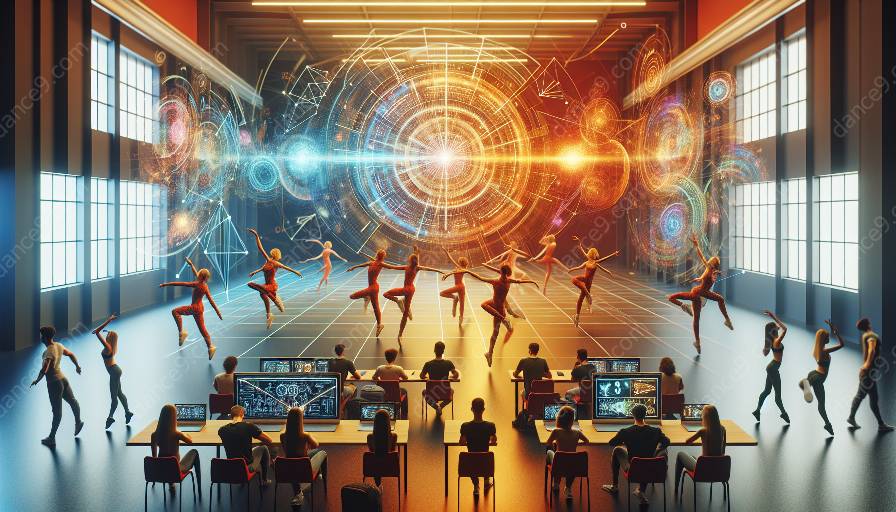Introduction to Augmented Reality in Dance Therapy and Rehabilitation
Dance therapy and rehabilitation have been widely recognized for their physical, emotional, and cognitive benefits. With the advancement of technology, augmented reality (AR) has emerged as a promising tool for enhancing the effectiveness of dance therapy and rehabilitation programs. By overlaying digital content onto the real world, AR can provide immersive and interactive experiences that can aid in the recovery and well-being of individuals.
Consideration 1: User-Centered Design
When designing AR experiences for dance therapy and rehabilitation, it is crucial to adopt a user-centered approach. Understanding the needs, preferences, and limitations of the target audience is essential for creating effective and engaging experiences. This may involve conducting user research, gathering feedback from individuals undergoing therapy or rehabilitation, and collaborating with healthcare professionals and dance therapists.
Consideration 2: Accessibility and Inclusivity
Accessibility and inclusivity should be at the forefront of AR design for dance therapy and rehabilitation. Ensuring that the AR experiences are usable by individuals with diverse abilities, including those with physical or cognitive impairments, is imperative. Designing for accessibility may involve providing customizable settings, optimizing user interfaces for different devices, and incorporating features such as audio descriptions and tactile feedback.
Consideration 3: Integration with Dance Therapy Techniques
Integrating AR seamlessly with established dance therapy techniques is essential for maintaining the therapeutic value of the experiences. This may involve working closely with dance therapists to incorporate movement-based activities, choreography, and rhythmic cues into the AR experiences. By aligning the AR content with established therapy methods, the benefits of dance therapy can be augmented through technological enhancement.
Consideration 4: Real-Time Feedback and Monitoring
AR can offer real-time feedback and monitoring capabilities that are invaluable for dance therapy and rehabilitation. By utilizing motion tracking and biofeedback sensors, AR experiences can provide individuals with immediate performance feedback, posture correction guidance, and progress monitoring. This real-time interaction can enhance the effectiveness of therapy sessions and empower individuals to track their own improvement over time.
Consideration 5: Emotional and Psychological Support
Designing AR experiences that offer emotional and psychological support is crucial for addressing the holistic well-being of individuals undergoing dance therapy and rehabilitation. Immersive environments, calming visualizations, and interactive storytelling elements can contribute to reducing anxiety, enhancing motivation, and fostering a positive mindset during therapy sessions. Integrating mindfulness and relaxation techniques into AR experiences can further aid in emotional regulation and stress management.
Consideration 6: Ethical and Privacy Considerations
Given the personal nature of dance therapy and rehabilitation, ethical and privacy considerations must be carefully addressed in the design of AR experiences. Respecting the confidentiality of user data, obtaining informed consent for data collection, and maintaining secure storage and transmission of sensitive information are paramount. Transparency about the use of AR technology in therapy settings and providing clear guidelines on data usage and rights can build trust and mitigate potential ethical concerns.
Conclusion
The integration of augmented reality into dance therapy and rehabilitation holds significant promise for enriching the therapeutic process and improving outcomes for individuals. By considering user-centered design, accessibility, integration with therapy techniques, real-time feedback, emotional support, and ethical considerations, designers and practitioners can create impactful AR experiences that align with the principles of dance therapy and rehabilitation while leveraging the capabilities of technology.

































